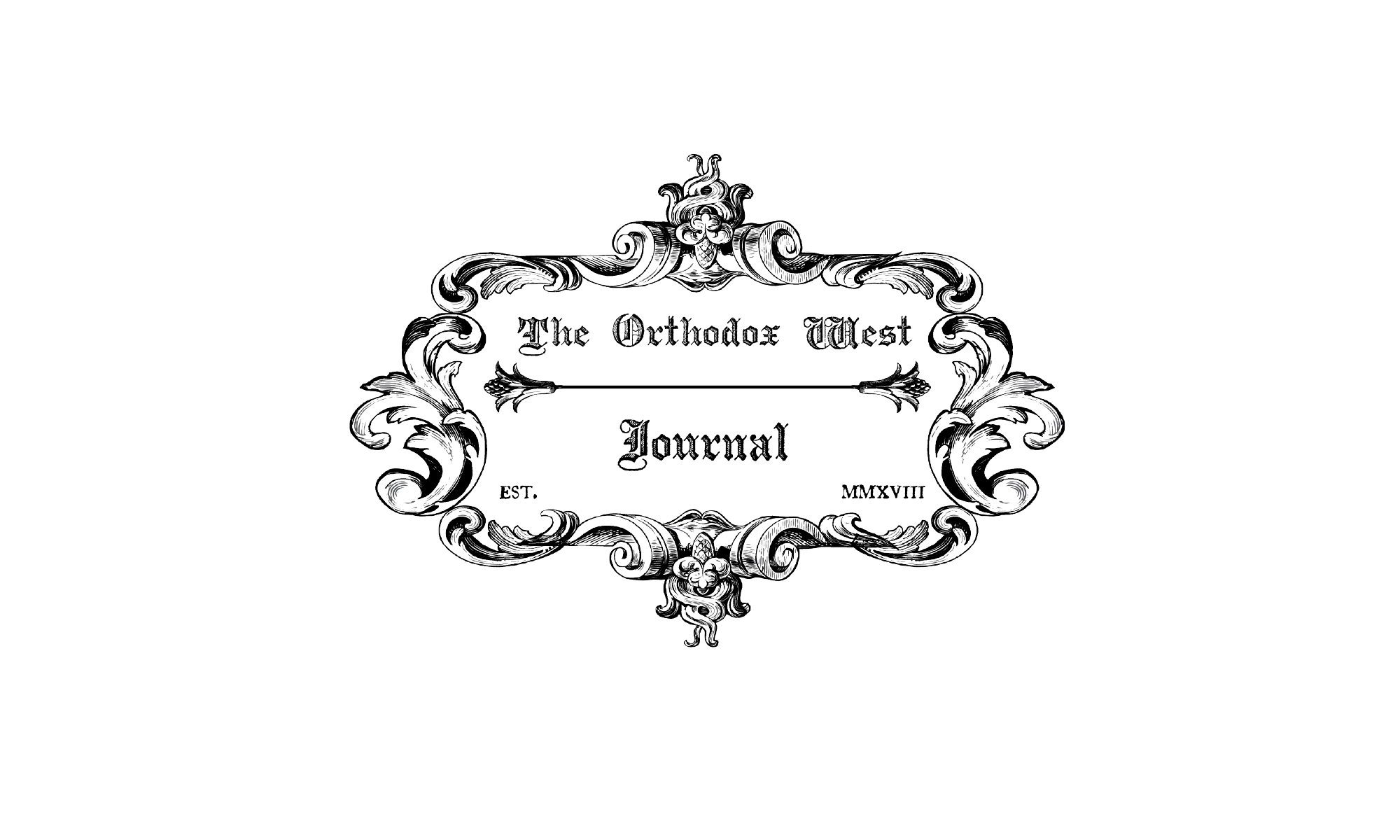© Alexis Torrance and Dylan Pahman, ed., Treasures Old and New: Themes in Orthodox Theology in Memory of Fr. Matthew Baker (Jordanville: Holy Trinity Seminary Press, forthcoming).
Introduction: “Why can it be so hard to see the face of Christ in [historical] scholarship? Perhaps we forget how that face was beaten, spat upon, and crowned with thorns for our salvation and fail to recognize it before our eyes. Or perhaps, more likely, the problem is that the image in us and the scholarship we produce is obscured by the overgrowth of our sin and corruption. As the chanters pray in the person of Adam during memorials for the dead, ‘I am an image of Your ineffable glory, though I bear the scars of my transgressions.’ Whether studies of texts new or old, the contributions to this volume sift through the dragnet of history and human thought, endeavoring to sort the good from the bad. This even applies, as is the custom of the Fr. Georges Florovsky Orthodox Christian Theological Society, to the works of Florovsky himself. And so it does, far too soon, to the works of Fr. Matthew Baker.” Continue reading “Inherited Guilt in Ss. Augustine and Cyril”
